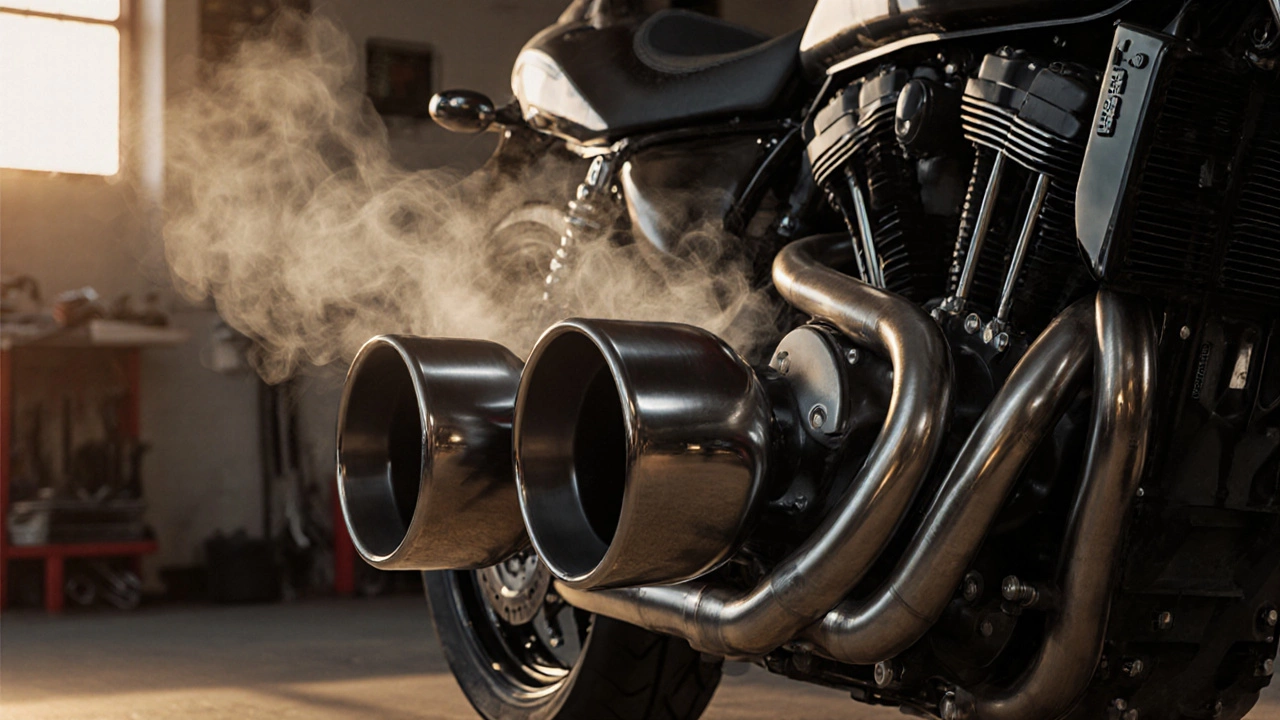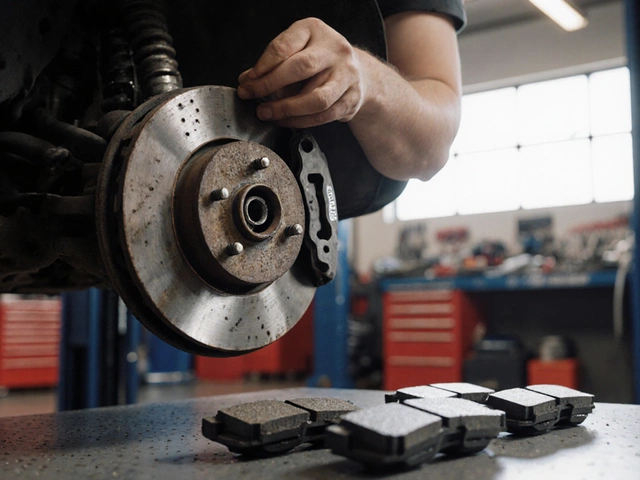
Horsepower Gain: How to Realistically Increase Engine Power in Your Car
When you hear horsepower gain, the measurable increase in an engine’s power output, often achieved through mechanical or tuning upgrades. Also known as engine power boost, it’s not magic—it’s physics, and it’s something you can actually influence with the right upgrades. Most people think adding a cold air intake or a loud exhaust will suddenly make their car faster. But real horsepower gain comes from fixing what’s broken, upgrading what’s outdated, and understanding how parts work together.
Take spark plugs, the components that ignite fuel in the engine cylinders, critical for combustion efficiency. If yours are worn out, your engine isn’t burning fuel cleanly. Swapping them for the right type can give you a small but real bump in power—up to 5-10 horsepower in some cases, according to real-world dyno tests. Then there’s the clutch, the connection between engine and transmission that transfers power. A slipping or burnt clutch doesn’t just feel bad—it’s wasting power. If your clutch isn’t engaging fully, you’re losing horsepower before it even reaches the wheels. And let’s not forget the exhaust system, the path exhaust gases take out of the engine, which affects backpressure and airflow. A restrictive stock muffler can rob you of 10-15 horsepower. Swapping it for a free-flowing cat-back system? That’s measurable gain.
None of these upgrades work in isolation. A better exhaust won’t help if your air filter is clogged. New spark plugs won’t make a difference if your fuel pump is failing. That’s why the posts below cover the full picture: how worn clutches kill performance, how dirty air filters choke your engine, and how exhaust mods actually change the sound and power. You won’t find fake tricks here—just what works on real cars, in real conditions, with real results. Whether you’re trying to squeeze more out of your daily driver or prep for a weekend track day, the fixes you need are right here.
-
18 Nov






